I am new to R and very stuck on a problem which I've tried to solve in various ways.
I have data I want to plot to a graph that shows twitter engagements per day.
To do this, I need to merge all the 'created at' rows, so there is only one data per row, and each date has the 'total engagements' assigned to it.
This is the data:

So far, I've tried to do this, but can't seem to get the grouping to work.
I mutated the data to get a new 'total engage' column:
lgbthm_data_2 <- lgbthm_data %>%
mutate(
total_engage = favorite_count + retweet_count
) %>%
Then I've tried to merge the dates:
only_one_date <- lgbthm_data_2 %>%
group_by(created_at) %>%
summarise_all(na.omit)
But no idea!
Any help would be great
Thanks
